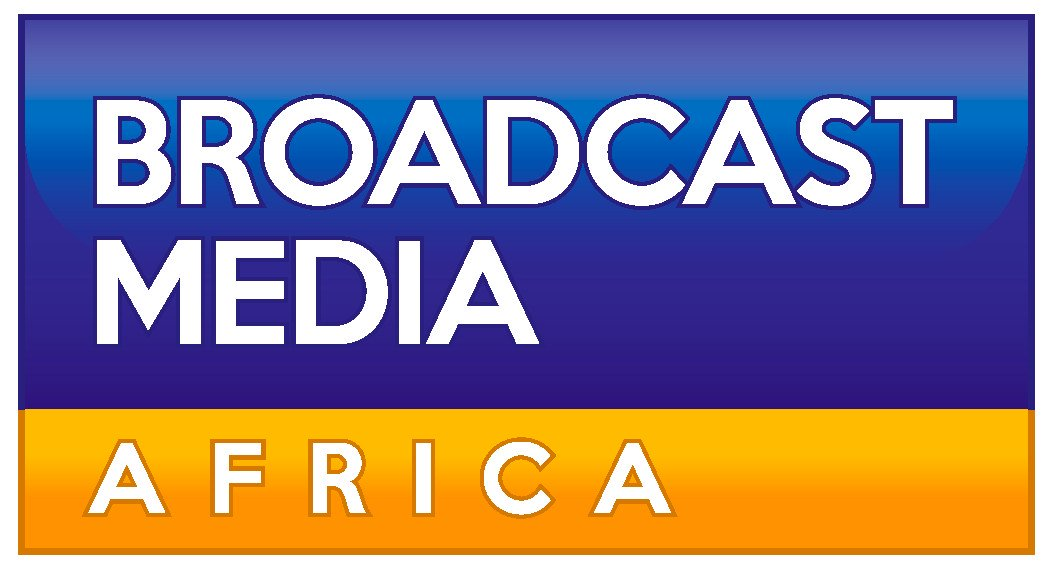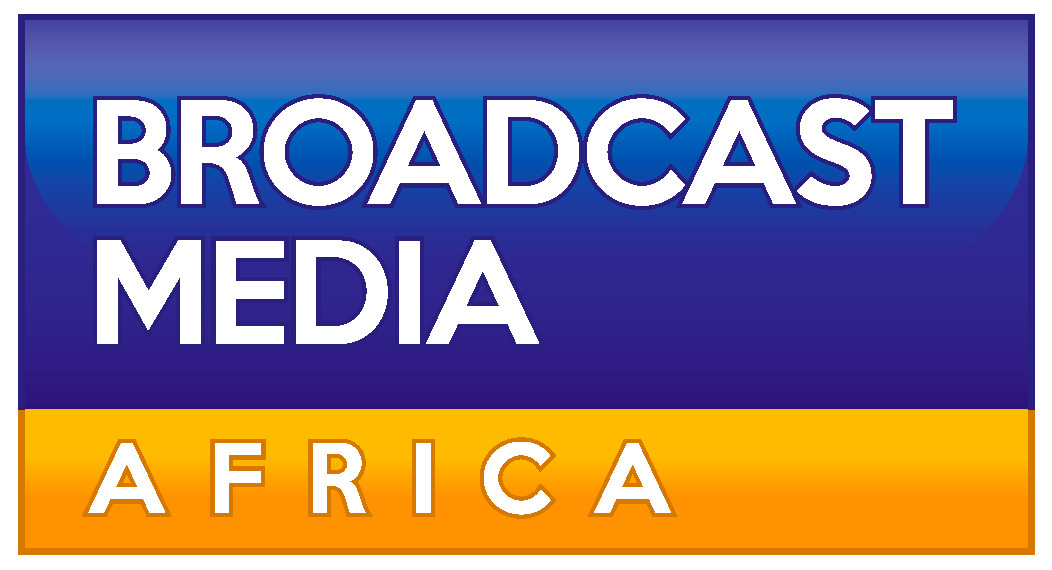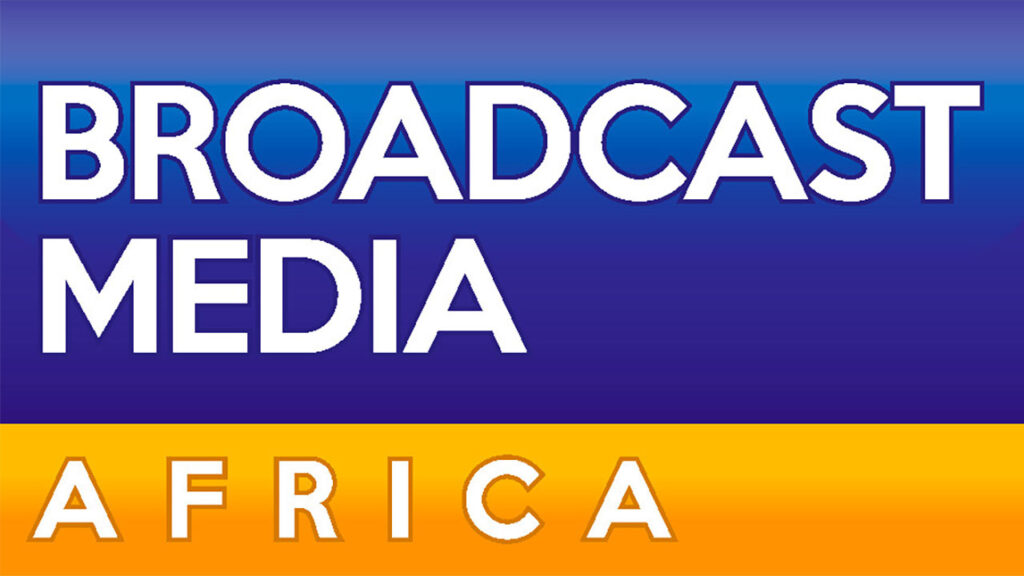

As of Q3 2024, Starlink Internet Services Nig. Ltd has emerged as Nigeria’s second-largest internet service provider (ISP), amassing 65,564 subscribers. This achievement, evidenced by data from the Nigerian Communications Commission (NCC), highlights Starlink’s rising prominence and competitive edge in one of Africa’s most dynamic internet markets.
Since entering the Nigerian market in January 2023, Starlink has seen remarkable growth in its subscriber base, climbing from 11,207 in Q3 2023 to 23,897 by Q4 2023. In the first three quarters of 2024 alone, the company added an impressive 41,667 subscribers, surpassing FiberOne Broadband Ltd, which previously held the second-largest position.
Although Starlink is rapidly gaining ground, Spectranet continues to lead as the top ISP in Nigeria, with 105,441 subscribers as of Q3 2024. However, it has faced a decline, losing 8,428 subscribers since Q4 2023. This shift illustrates the evolving dynamics of Nigeria’s internet market, where satellite connectivity is increasingly competing with traditional fixed wireless and fibre broadband services.
The NCC reports that 124 ISPs operate in Nigeria, serving 307,946 subscribers. This number, while indicative of growth in the sector, pales compared to the four major mobile network operators (MNOs)—MTN, Airtel, Globacom, and 9mobile—which collectively boast 132.4 million subscribers as of Q3 2024. This discrepancy underscores the ongoing dominance of mobile broadband as the primary connectivity choice for many Nigerians.
Despite this, the swift adoption of Starlink suggests that its high-speed, low-latency satellite broadband is drawing users away from fixed wireless access (FWA) and wireless-to-the-x (WTTx) services, which are often hampered by coverage issues and inconsistent performance, particularly in underserved areas.
Several elements contribute to Starlink’s growing popularity in Nigeria:
- Superior Performance: Starlink provides download speeds of 100–200 Mbps, significantly outpacing the 10–50 Mbps typically seen with FWA/WTTx networks.
- Wider Coverage: Starlink’s technology can reach remote and underserved regions where fixed networks are unreliable or nonexistent, avoiding the extensive infrastructure challenges that fibre networks face.
- Quick Installation: The DIY installation process of Starlink’s systems makes them an appealing option for consumers frustrated by the complexities often associated with traditional satellite internet services. This plug-and-play setup lowers barriers for mainstream consumers seeking reliable connectivity.
These features make Starlink especially attractive to businesses and high-income households that demand consistent, high-quality internet and are prepared to invest in reliable service.
Starlink is grappling with capacity challenges in Nigeria and other major African markets despite its impressive growth. Since October 2024, its terminals have sold out in key urban areas across five African countries, including Nigeria, limiting new subscriber registrations in major cities such as Abuja, Lagos, Kano, Port Harcourt, and Warri. This ongoing limitation—from regulatory issues rather than a decrease in demand—is anticipated to impact Starlink’s growth in Q4 2024 and Q1 2025.
If these regulatory hurdles are not addressed, Starlink’s momentum in Nigeria may slow, potentially hampering its expansion opportunities. However, given the sustained interest in high-speed satellite connectivity, demand will likely resume if these limitations are lifted.
Users currently experience latency issues ranging from 100ms to 200ms, primarily due to the location of Starlink’s ground infrastructure, called points of presence (PoPs). It’s important to note that merely launching additional satellites will not resolve these latency concerns; instead, enhancing the proximity of PoPs is crucial.
Starlink is actively developing new PoPs to respond to these challenges across Africa. A recently established PoP in Kenya has yielded positive results, reducing global customer latency from 57ms to 44ms. This strategic enhancement reflects Starlink’s commitment to optimizing its service and meeting the needs of its growing subscriber base in Nigeria and beyond.










